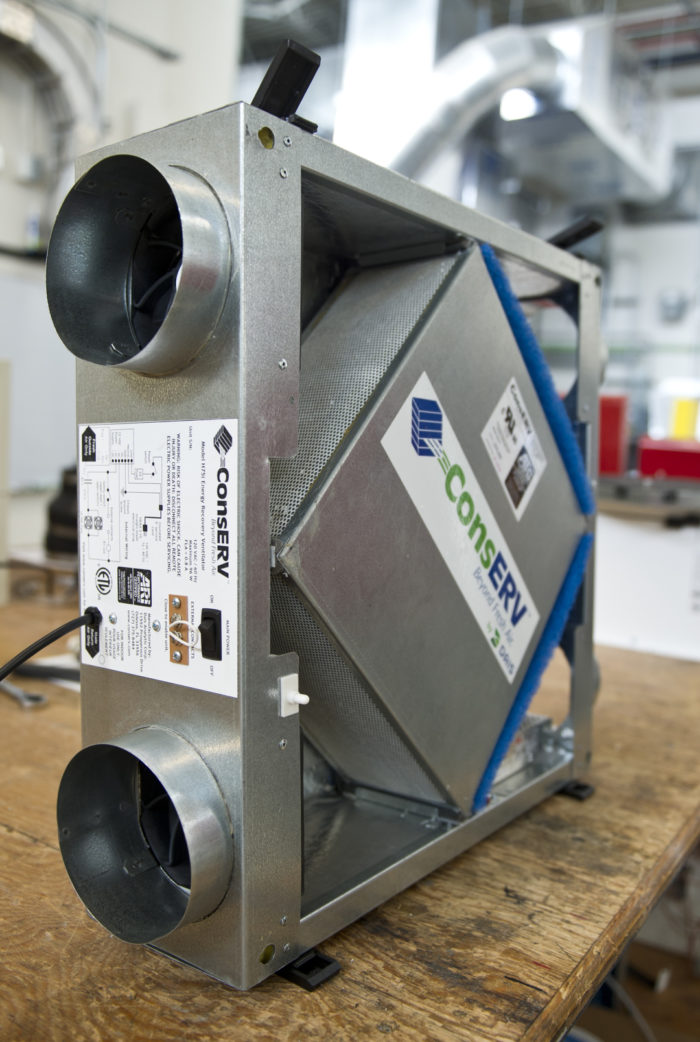How HRV Delivers a Comfortable Indoor Living Environment
Discovering the Advantages of Heat Recovery Ventilation for Power Performance in Homes
Heat Recovery Ventilation (HRV) systems supply house owners a practical technique to boosting energy efficiency. By reclaiming warmth from outgoing air, these systems can significantly lower heating and cooling costs. Furthermore, they provide a stable supply of fresh air, enhancing indoor air high quality and comfort levels. As property owners take into consideration lasting options, recognizing the subtleties of HRV systems becomes significantly vital. What aspects should one examine prior to making such a financial investment?
Understanding Heat Recovery Ventilation Equipments

Just How HRV Enhances Indoor Air Quality

Energy Cost Savings: The Economic Advantages of HRV
Making best use of power efficiency, heat recovery ventilation (HRV) systems use substantial economic benefits for property owners. By recouping and recycling warmth from exhaust air, HRVs considerably minimize home heating and air conditioning expenses. This modern technology can cause energy financial savings of approximately 30%, depending on climate and usage patterns. House owners usually see lowered energy bills shortly after installation, making HRVs a financially sensible investment in time. Furthermore, lots of regions give motivations or rebates more tips here for energy-efficient upgrades, even more enhancing the financial appeal. As energy costs remain to increase, the cost-effectiveness of HRVs ends up being increasingly clear. Overall, the unification of HRV systems not just promotes power performance but likewise adds to lasting financial savings for households.
The Ecological Effect of Heat Recovery Ventilation
A substantial environmental benefit of heat recovery ventilation (HRV) systems lies in my sources their capacity to lower overall energy usage. By recovering warm from exhaust air and transferring it to incoming fresh air, HRV systems minimize the need for energy-intensive heating and cooling methods. This decrease in energy demand adds to reduce greenhouse gas discharges, as less nonrenewable fuel source is called for to maintain comfortable indoor temperatures. In addition, HRV systems enhance indoor air quality by effectively exchanging stale air with fresh outdoor air, lowering reliance on mechanical cooling systems that can hurt the atmosphere. In general, the implementation of HRV systems sustains lasting living practices and aligns with global initiatives to deal with climate modification by advertising energy performance in domestic settings.
Picking the Right HRV System for Your Home
How can home owners assure they select the appropriate heat recovery ventilation (HRV) system for their demands? They ought to analyze their home's size and layout, as these elements influence airflow needs. Next, assessing the system's performance ratings is vital, as higher rankings show better efficiency and energy financial savings. House owners should likewise think about installation and maintenance costs, comparing different brand names and versions for value. In addition, it is very important to assess sound levels, as some systems operate even more silently than others. Consulting with heating and cooling professionals can provide tailored recommendations based upon certain home conditions. Taking a look at user reviews and warranties can assist in making an educated choice, making certain that the picked HRV system successfully improves indoor air high quality and power performance.
Often Asked Questions

Exactly how Often Should I Tidy or Maintain My HRV System?
The frequency of cleansing or maintaining a warm recuperation ventilation (HRV) system generally depends on usage and ecological variables. Typically, it is a good idea to execute maintenance every 6 months to guarantee peak efficiency and air top quality.

Can HRV Solutions Aid Decrease Moisture Degrees Inside Your Home?
HRV systems can successfully reduce indoor humidity degrees by trading stale, humid air with fresh, drier air from outside. HRV Heat Recovery Ventilation. This procedure assists keep Website a balanced indoor setting, enhancing comfort and stopping moisture-related issues
What Is the Life expectancy of a Regular HRV System?
The lifespan of a regular heat recovery ventilation (HRV) system differs, generally lasting in between 10 to 15 years. Normal upkeep can extend its performance and functional life, guaranteeing peak performance throughout its usage duration.
Exist Any Sound Concerns With HRV Equipments?
Noise worry about HRV systems can develop, particularly from follower procedure. Many modern-day devices are made to lessen audio degrees, guaranteeing they operate silently while keeping efficiency, which attends to potential disruptions in living environments.
Can I Mount an HRV System Myself, or Do I Required a Professional?
The individual contemplated whether to install the heat recovery ventilation (HRV) system directly or work with a professional. Normally, while DIY setup is feasible, know-how guarantees correct functionality and conformity with local building ordinance, boosting system efficiency.